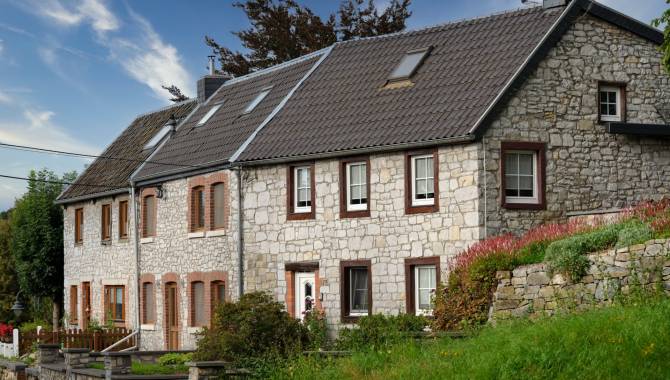Traditional design
1/2


Description
In the region around Lontzen, various quarries were worked for hundreds of years. In the ones at Lontzen itself, blue and grey limestone and brown dolomite stone were quarried. Both the quarries themselves, which have mostly been renaturalised today, and the stone which was extracted in them, continue to leave their mark on the landscape. In Lontzen, grey limestone buildings are to be seen over the whole of the municipality (e.g. Lontzen Castle), but there are also various edifices in dolomite (e.g. St. Anna's Chapel in Lontzen Busch). Now and then, buildings were also constructed with a mixture of these stones. The typical small windows of the manor houses, for example, were often framed in bluestone, whilst the walls of the buildings themselves were made in limestone or dolomite. Along the signposted 20-kilometre Galmeiveilchenweg ('calamine violet route'), hikers go past several of these historical quarries and numerous buildings in this traditional design.
Carte
Traditional design
4710 Lontzen